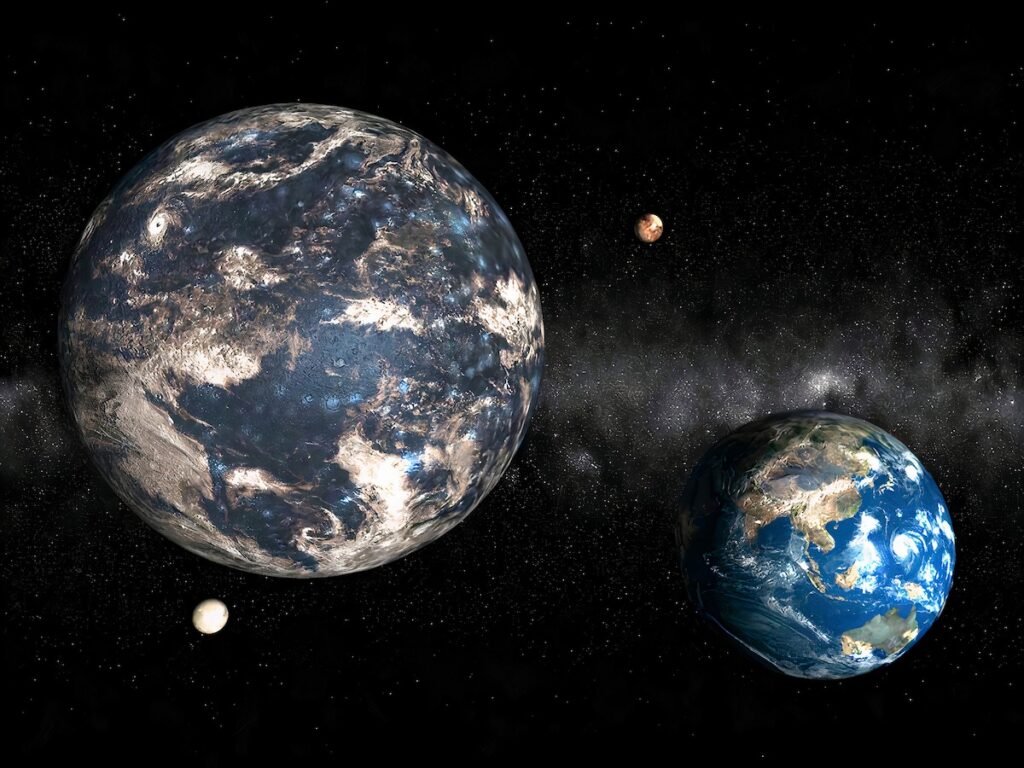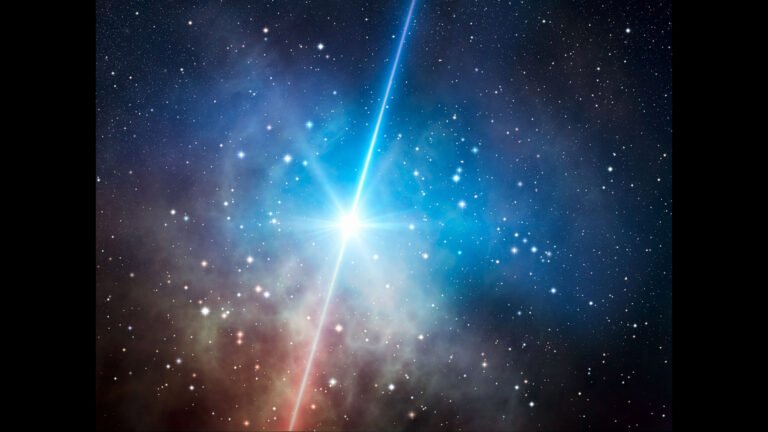Space is vast, almost beyond comprehension. Even Some of The Biggest Objects the smallest objects within it can be staggering in size when compared to our everyday experiences. Some celestial bodies, however, are genuinely colossal.
Determining the largest of these giants is no easy feat, as measuring distances and calculating the mass of objects in the universe presents significant challenges. Yet, through these efforts, cosmologists and astronomers have pieced together an understanding of the universe’s immense scale.
In this article, we will explain some of the largest known objects in the universe, their characteristics, and what makes them so engaging.
Stars: The Universe’s Giants

Stars come in various sizes, but some are truly enormous.
- UY Scuti: This red supergiant star in the Scutum constellation is considered one of the most discovered stars. Its radius is about 1,700 times that of the Sun. Its surface would stretch beyond the orbit of Jupiter if placed at the center of our solar system.
- Betelgeuse: Betelgeuse, a red supergiant in the constellation of Orion, is another enormous star. It dwarfs the Sun even though it is marginally smaller than UY Scuti.
These massive stars remind us of the size of stellar objects and the potent nuclear fusion processes that power them.
Planets: Supersized Exoplanets
 Jupiter and other planets in our solar system are stunning, but other exoplanets are much larger.
Jupiter and other planets in our solar system are stunning, but other exoplanets are much larger.
- HD 100546 b: This exoplanet, a gas giant with an estimated mass many times that of Jupiter, orbits the star HD 100546.
- DENIS-P J082303.1-491201 b: This is another massive exoplanet, its celestial body is so large that it blurs the line between planets and brown dwarfs. Its size makes it an excellent case study for the transition between gas giant planets and small stars.
The variety of planetary systems in the universe is emphasized by these enormous worlds.
Galaxies: Cities of Stars

Galaxies are expanding collections of stars, gas, dust, and dark matter bound together by gravity.
- IC 1101: IC 1101, the biggest galaxy known to science, is roughly 5.5 million light-years across. It dominates its surroundings and sits at the core of a galaxy cluster, with up to 100 trillion stars. The galaxy is so massive that its gravity influences its surroundings, pulling in smaller galaxies and adding to its size over billions of years.
- Andromeda Galaxy (M31): While not as large as IC 1101, Andromeda is the largest galaxy in our local group, stretching over 220,000 light-years in diameter. Andromeda is on a collision course with the Milky Way, with a predicted merger happening in about 4.5 billion years.
These galaxies demonstrate the enormous size of cosmic structures.
Superclusters and Galaxy Clusters
 Galaxies are a component of larger structures known as galaxy clusters and superclusters; they do not exist in isolation.
Galaxies are a component of larger structures known as galaxy clusters and superclusters; they do not exist in isolation.
- The Virgo Supercluster: This supercluster, which includes our Milky Way, is made up of millions of galaxies dispersed across 110 million light-years. At its core is the Virgo Cluster, a dense grouping of thousands of galaxies.
- Laniakea Supercluster: Laniakea is an even larger structure that includes several galaxy clusters, including the Virgo Supercluster, and extends over 520 million light-years. It contains roughly 100,000 galaxies. What’s fascinating about Laniakea is that it’s part of the cosmic web that connects various superclusters through gravity.
A cosmic web is formed by gas and dark matter filaments that connect these clusters.
Cosmic Filaments: The Universe’s Largest Structures
 The largest known formations in the cosmos are called cosmic filaments. They shape the large-scale structure of the cosmos by forming a massive network of galaxy clusters and voids.
The largest known formations in the cosmos are called cosmic filaments. They shape the large-scale structure of the cosmos by forming a massive network of galaxy clusters and voids.
- The Hercules-Corona Borealis Great Wall: This filament is one of the biggest known formations in the universe, spanning 10 billion light-years.
- The Sloan Great Wall: This structure spans more than 1.37 billion light-years and is another huge filament. It comprises numerous galaxies and clusters, connected by gravitational interactions and dark matter.
How Do These Objects Form?
The formation of these enormous structures follows a sequence:
- The gravitational collapse of gas clouds in space produces stars.
- Billions of stars form galaxies, which expand through mergers with other galaxies.
- Because of their gravitational pull, clusters and superclusters form.
- The largest-scale formations are called cosmic filaments, and they are influenced by cosmic expansion and the dispersion of dark matter.
Why Are These Objects Important?
Astronomers benefit from knowing the largest objects in the universe:
- Examine how gravity affects things on a huge scale.
- Discover how dark matter has shaped the universe.
- Examine the universe’s beginnings and development.
Conclusion
The greatest things in the universe demonstrate its astounding complexity and scale, from stars like UY Scuti to the mind-bending scale of cosmic filaments. Every new finding provides insight into the forces that have molded the universe over billions of years.
The universe has a wealth of mysteries just waiting to be discovered, therefore inquisitive minds are always encouraged to learn more! Don’t lose sight of the stars; there’s always something breathtaking to discover.
